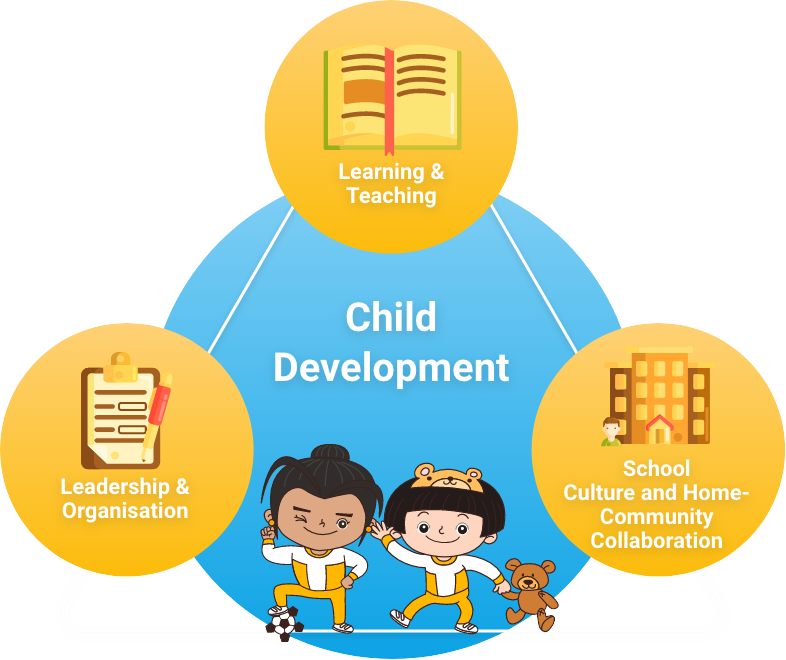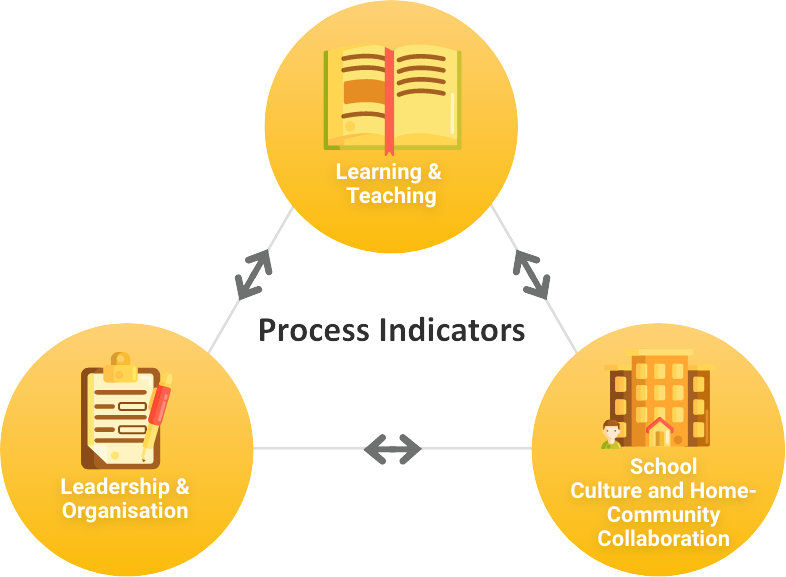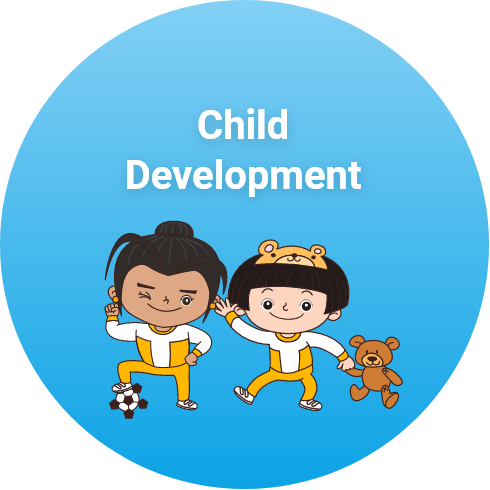Culturally Responsive Education Benchmarks
Introduction
In response to the educational challenges that ethnic minority children face in Hong Kong, a framework for Culturally Responsive Education (CRE) in kindergartens through a whole-school approach has been developed. Culturally Responsive Education Benchmarks (CREBM) provides a guideline for kindergartens to cater to the needs of ethnic minority children. It also promotes teacher professionalism owing to the rising number of ethnic minority children and advocates collaboration of different stakeholders in schools, families, and communities in developing CRE in the kindergartens.
The CREBM framework consists of 4 domains, 8 areas, 11 performance indicators, and 21 aspects. The 4 domains are listed below:

Inter-relationship of Domains
These domains are interrelated. While Domains 1 to 3 are process indicators that indicate the kindergarten's ability to implement CRE, Domain 4 is an outcome indicator that reflects the effectiveness of Domains 1 to 3.


Outcome Indicator

Every domain has its respective tiered categorisation: areas, performance indicators, and aspects. To facilitate kindergartens to conduct self-reflection and self-evaluation, guiding questions with corresponding evidence of performance are provided to various aspects in Domains 1 to 3.
Each evidence of performance is evaluated with four levels, i.e., excellence, good, acceptable, and improvement needed. In Domain 4, the benchmarks are focused on children's developmental characteristics. Children's development can be observed by teachers, which help schools to reflect on themselves and make improvement accordingly. Actions for improvement are also suggested for each domain.